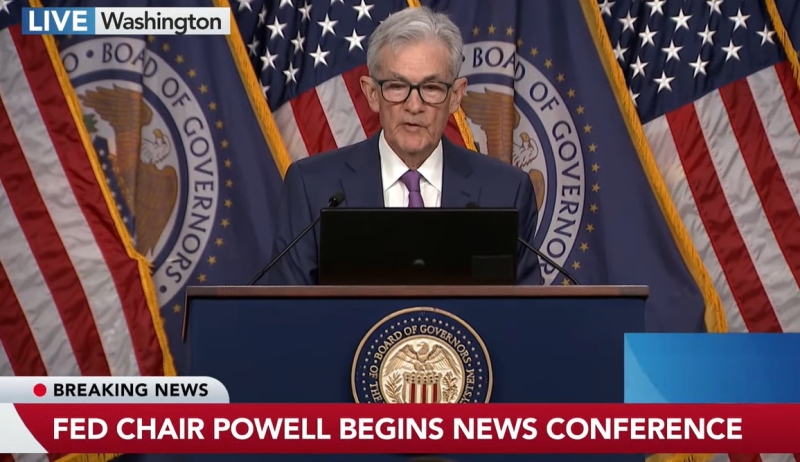
Resilient Labor Market Adds 339K Jobs In May

Despite 15% increase in new jobs from April, unemployment rate rises to 3.7%.
- Labor market has added more than 1.6M jobs in the first five months of 2023.
- Unemployment rate has held between 3.4% and 3.7% since March 2022.
- Average hourly wages rose 0.3%, and have risen 4.3% over the past 12 months.
The U.S. labor market continues to defy efforts to slow the economy, adding a surprising 339,000 jobs in May, nearly double the expectations of economists, the government said Friday.
Despite the biggest increase in employment since January, the unemployment rate rose by 3 basis points to 3.7%. The rate has ranged between 3.4% and 3.7% since March 2022, and remains near a 50-year low.
In its monthly report, the U.S. Bureau of Labor Statistics also said it revised upward the changes in total nonfarm payroll employment for both March (by 52,000 jobs) and April (+41,000), adding another 93,000 jobs to the economy.
May’s job gains were reported in several sectors, including professional and business services, government, health care, construction, transportation and warehousing, and social assistance.
Economists had expected the economy to add anywhere from 180,000 to 195,000 jobs. May’s result also was a 15% jump from April’s revised increase of 294,000 jobs added.
Through the first five months of 2023, the economy has now added more than 1.6 million jobs, an average of 329,000 per month.
Along with the increases in jobs and the unemployment rate, average hourly wages rose 0.3%, within economists’ expectations. Wages have increased by 4.3% over the past 12 months.
Fed Watch
The strong May jobs report comes as the Federal Reserve prepares to meet later this month to decide on its next move in its efforts to bring the annual inflation rate down to its 2% target. The Federal Open Market Committee (FOMC) is scheduled to meet June 13-14.
Realtor.com Economic Data Analyst Hannah Jones said inflation is still much higher than the Fed’s goal, with the Consumer Price Index at 5.5% and the Personal Consumption Expenditure Index at 4.4%.
“Both of these measures are down from their peak, but well above the target level of 2%, despite the Fed’s repeated rate hikes over the last year,” Jones said. “Though showing signs of cooling, both inflation and employment have displayed considerable resilience.”
Following the FOMC’s May meeting, she said, “the committee’s statement included language that created space for a pause on rate hikes in the upcoming meeting. However, persistent inflation has resulted in futures markets pricing in a greater likelihood of a rate increase in June and a zero percent chance of a rate cut. If the FOMC chooses to continue on their contractionary path in June’s meeting, we can expect to see the cost of borrowing continue to rise, including for a home purchase.”
Jones added that the strong employment report indicates that U.S. households remain in a good position to weigh their housing options, although affordability remains an issue.
“Home price growth slowed again in May, increasing just 0.9% compared to May 2022, the lowest level of annual price growth in the data’s history (back to 2016),” she said. “The continued strength of the labor market, improved consumer confidence, and near-negative home-price growth suggests a more balanced future for the housing market. Though the possibility of another rate hike introduces the possibility of higher mortgage rates, reining in inflation will ultimately serve to bring down mortgage rates and introduce sought-after stability to the market.”
Signs Of Weakness
MBA SVP and Chief Economist Mike Fratantoni, however, said there are signs of a “somewhat weaker labor market,” despite the big increase in employment.
“Wage growth has slowed to 4.3% over the past 12 months, and the unemployment rate ticked up to 3.7%,” he said. “The increase in unemployment was not caused by an increase in the labor force participation rate. The household survey, which is the basis for the unemployment rate, is telling a very different story than the establishment survey this month, one showing weakness in employment, the other strength.”
He continued, “Several Federal Reserve officials have signaled that they are likely to hold rates steady at their upcoming June meeting, but are unlikely to reduce rates anytime soon. This somewhat mixed jobs report is likely to support that approach.”
Fratantoni added that the housing market continues to struggle due to a a lack of supply. “A strong job market helps housing demand, particularly in the face of challenging affordability,” he said.




